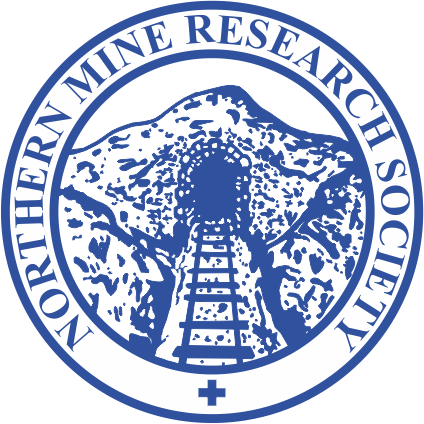Single Record
New Search
Full Details
- Surname
- ROBB
- Forename
- John
- Day
- 14
- Month
- 01
- Year
- 1934
- Age
- 30
- Occupation
- Miner
- Mine/Quarry Name
- Kennox
- Mineral Worked
- Coal
- Owner
- Kennox Colliery Co. Ltd
- Location
- Glespin
- County
- Lanarkshire
- Details of Event
- 14 January 1934: Glespin – Sad Mine Disaster – Burn Breaks Into Colliery - A sad mining fatality cast a gloom over the Douglas Valley at the weekend when a young married miner was swept to death by an inrush of water into the Kennox Mine (The Kennox Coal Coy.), near Glespin, two and a half miles from Douglas. The spot where the break in took place is a desolate moorland scene, with only two houses in sight. The local river and its tributary burns have been in spate at the weekend, and at a bend in the Lane Burn, near which the colliery workings are situated, the flood had gradually swept away the soil, and early on the morning of Sunday forced an entrance into the mine workings. Soon an aperture some 12 feet in circumference was made and practically the entire burn was flowing into the pit. It being Sunday morning, only two men were employed at repair work in this section of the mine - James Robb (30), married, who resided at Water Row, Glespin, and David Goodlet, married, with three children, who resided at Glespinside. The latter, who survived the ordeal, gave our representative a graphic account of his experiences. About 2 a.m. the two men were sitting taking their "piece" when Goodlet exclaimed: “What's that sound, Jock? It's no' the pump." " It's water." replied Robb, and the two miners made their way to the main inclined shaft and found a strong flow of water flowing down this outlet. They managed to struggle by the aid of the props which lined the shaft into an adjoining air course, but here again they encountered a flood of water, and, dreaming it advisable, they returned to the main shaft to try and struggle to safety. "We're trapped, Jock, and will hae tae dae oor best." Further misfortune then befel them when the flood extinguished their lamps and left them to struggle in total darkness.
The shaft which is a steep incline, is six feet broad and about seven feet high, and the inflow of water nearly filled it, but Goodlet - being a tall man - was able to catch hold of the cable which runs above the top of the shaft side, but Robb was evidently unable to reach it. "Gi'es a haund, Davie." he asked, and in the dark Goodlet got hold of his workmate by either the sleeve or back of his coat, but the force of the flow drew Robb out of his grasp. Again he got a grip on his mate, but again the current swept the man away from his reach. By means of the cable Goodlet slowly ascended the shaft, getting through two trap doors which were used for guidance of air, and at length reached the main level out of the flood. He managed to get to the other section of the mine and gave the alarm. Mrs Goodlet, who was peacefully sleeping beside her bairns, was awakened by her husband knocking at the door, and, hurriedly opening it, was surprised to see her husband fall in murmuring: " For God's sake save Jock." Apart from many bruises caused by stones carried down the shaft by the flood he escaped unhurt, but is suffering from the shock of his thrilling experiences. Soon Mr W. Jack, manager, was summoned from his home in Douglas, and, under his guidance, valiant efforts were made to stem the inflow of water into the mine. Local farmer were awakened, and carried loads of hay which were flung in to stop up the inlet, but unfortunately a new bank had to be made to the burn. This was composed of coal hutches and sods, and, after several hours of work, the stream was diverted back to its natural course, but not before the entire workings had been flooded to water level and all hope of saving Robb was abandoned. If the catastrophe had occurred on a week day about 50 men would have been involved in the disaster. It will take some time before the body of the unfortunate man can be recovered. Robb leaves a young wife to mourn his loss, and his parents – who reside in Glespin – are both alive. This is the second son they have lost in a mine fatality, their other son Thomas being killed by a fall in a Coalburn mine. Although the other section of the mine is not affected, many men will be out of work until this section has again been cleared of water. [Hamilton Advertiser 20 January 1934]
John Robb was found drowned on 23 February 1934, last seen alive 14 January 1934. His brother Thomas Robb was killed in Bankend Colliery 17 October 1930
error: Content is protected !!
error: Content is protected !!

